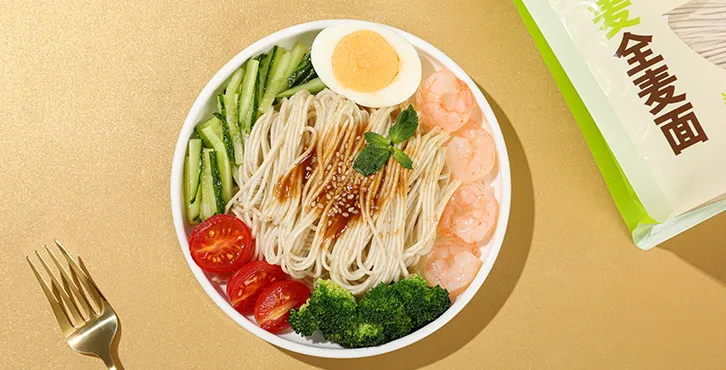hand made noodle
The Art of Handmade Noodles
Handmade noodles are not just a meal; they are a celebration of tradition, culture, and passion for food. In countless kitchens around the world, the process of crafting these delicate strands has been passed down through generations, each adding a personal touch to an age-old recipe. The beauty of handmade noodles lies not only in their taste but also in the way they connect people to their heritage and to one another.
The Tradition Behind Handmade Noodles
The origins of handmade noodles can be traced back thousands of years. In China, for example, evidence suggests that noodles were being consumed as far back as 2000 BC. As the centuries rolled on, different regions developed their styles, techniques, and unique flavors. Whether it's the thick, chewy udon of Japan, the delicate rice noodles of Southeast Asia, or the hearty egg noodles of Italy, the variety of handmade noodles is as diverse as the cultures that create them.
Making handmade noodles is a meticulous process that requires skill, patience, and a deep understanding of ingredients. The primary components typically include flour, water, and salt. However, the type of flour used can significantly affect the texture and flavor, leading to an array of noodle varieties. For instance, high-gluten flour yields a chewier noodle, while lower-gluten options result in a more tender bite.
The Technique of Noodle Making
The artistry involved in noodle making is truly a marvel. After mixing the ingredients, the dough is kneaded until it reaches a smooth and elastic consistency. This step is crucial, as the texture of the dough directly impacts the final product. Once kneaded, the dough is often allowed to rest, allowing the gluten to relax, making it easier to roll out.
hand made noodle

Rolling the dough is an art in itself. Skilled hands flatten it into thin sheets, which are then cut into strips. The width of these strips can vary depending on the desired noodle type. Some bowls require thin strands, while others can handle broader cuts. The nuances of this technique are often honed through practice, with each cook developing a style that reflects their experience and cultural influences.
Once cut, the noodles are typically boiled until they reach the desired level of tenderness. This simple act of cooking reinforces the idea that handmade noodles, while complex in their making, offer an immediate and satisfying result when served.
The Cultural Significance
Handmade noodles are embedded in the cultural fabric of many societies. They are often served during festive occasions, symbolizing longevity and a prosperous life. In Chinese culture, for example, long noodles are a staple of birthday celebrations, embodying the hope for a long and healthy life. Similarly, in Italy, pasta is a cornerstone of family gatherings and represents love and togetherness.
Moreover, the process of making noodles can bring families together. Many households involve grandchildren in the preparation process, teaching them the secrets of the trade. This shared experience not only preserves recipes but also fosters connections between generations, keeping the stories and traditions alive.
Conclusion
In an age of quick convenience foods, the art of handmade noodles stands as a testament to the beauty of slow cooking and culinary craftsmanship. Each bowl of noodles tells a story, an echo of the hands that crafted them and the cultures they represent. Whether enjoyed in a bustling street market or a quiet family dinner, handmade noodles remind us of the importance of tradition, the joy of sharing meals, and the simple pleasure of savoring something made with love. So the next time you enjoy a bowl of noodles, take a moment to appreciate the artistry and heritage behind each strand, celebrating the countless hands that have contributed to this delicious and timeless tradition.
-
Unleash Your Inner Chef with Delectable Italian Pasta CreationsNewsAug.01,2025
-
Savor Health and Flavor: Irresistible Soba Noodles for Sale Await!NewsAug.01,2025
-
Nourish Your Body with Premium Organic Ramen - A Culinary Delight AwaitsNewsAug.01,2025
-
Elevate Your Dishes with Our Exquisite Kinds of Egg NoodlesNewsAug.01,2025
-
Dive into Flavorful Convenience with Our Ramen OfferingsNewsAug.01,2025
-
Discover Exquisite Types of Naengmyeon and Chilled Soba NoodlesNewsAug.01,2025
-
Is Whole Wheat Pasta Healthy?NewsMay.30,2025
Browse qua the following product new the we

















































































































